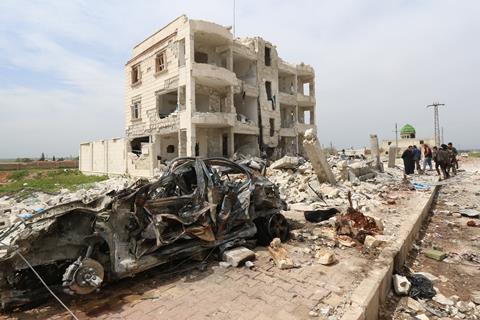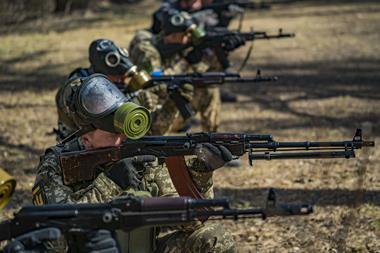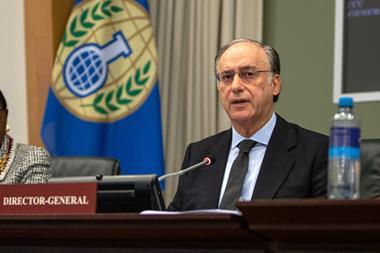An investigation carried out by the Organisation for the Prohibition of Chemical Weapons (OPCW) has concluded that there are ‘reasonable grounds’ to believe that Islamic State (IS) deployed sulfur mustard in attacks that took place on 1 September 2015 in Syria.

According to the findings of the investigation, which was carried out by the OPCW’s investigation and identification team (IIT) between January 2023 and February 2024, the chemical agent was delivered using one or more artillery pieces from areas under IS control at soldiers primarily from the Syrian Armed Forces. All remnants and munitions observed at several sites across the town of Marea, Syria, were conventional 122mm artillery shells modified to disperse a liquid payload, the report stated.
‘Upon impact, at least six projectiles leaked a black, viscous substance with a distinct “pungent” and “garlic-like” smell,’ the report noted. ‘At least 11 named individuals who came into contact with the liquid substance experienced symptoms consistent with exposure to sulfur mustard.’
The IIT’s comprehensive assessment of the attack included information from the fact-finding mission, relevant countries and interviews, as well as analyses of samples, computer modelling, satellite imagery and videos and photos.
They concluded that no entity other than IS possessed the means, motives and capabilities to deploy sulfur mustard and that the deployment of chemical weapons, as seen in Marea, would only have occurred with direct orders from IS’s leaders.

















No comments yet